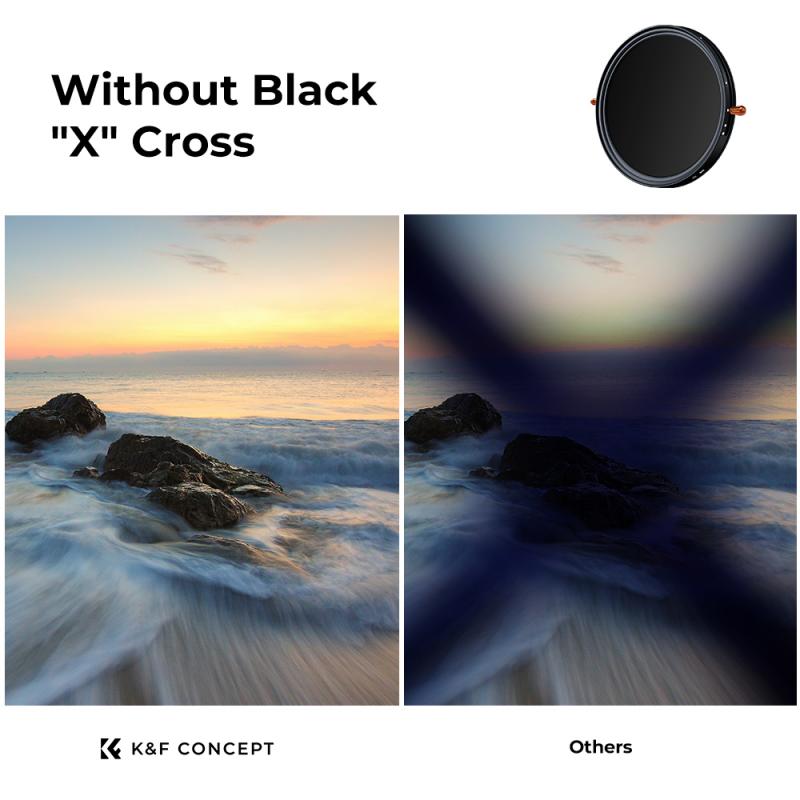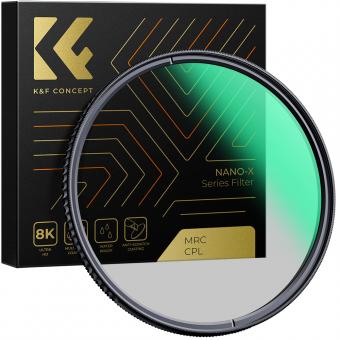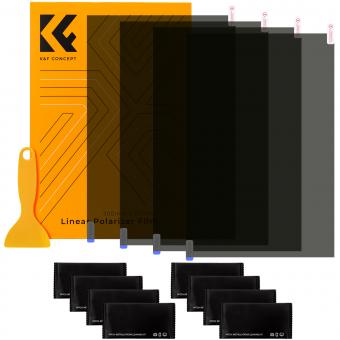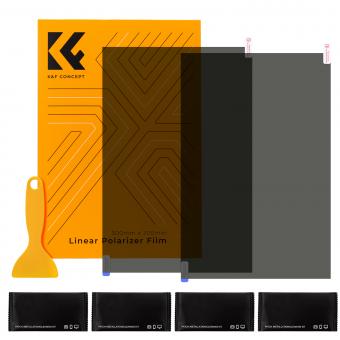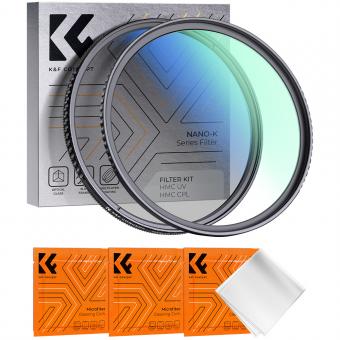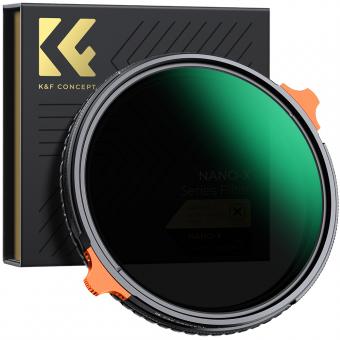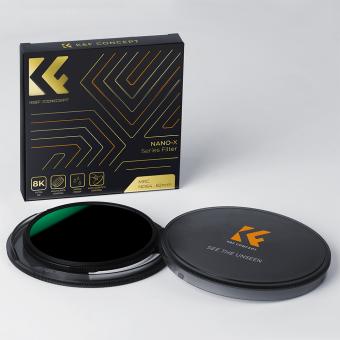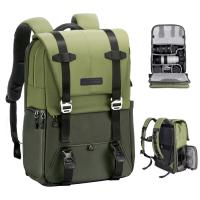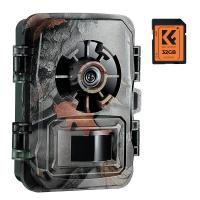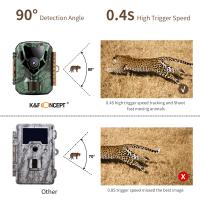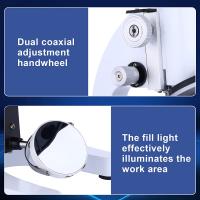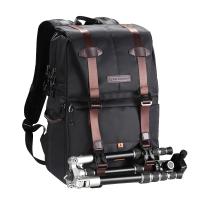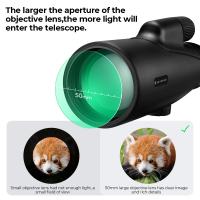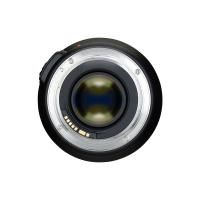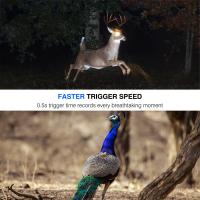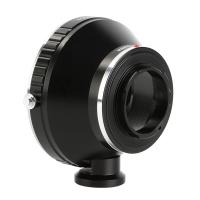What Is The Best Circular Polarizing Filter ?
The best circular polarizing filter is subjective and depends on individual needs and preferences. There are several reputable brands that offer high-quality circular polarizing filters, such as B+W, Hoya, Tiffen, and Singh-Ray. Factors to consider when choosing a filter include the filter size that fits your lens, the quality of the glass and coatings, the level of polarization achieved, and the price. It is recommended to read reviews, compare specifications, and consider your specific photography requirements before making a decision.
1、 Types of circular polarizing filters available in the market
There are several types of circular polarizing filters available in the market, each with its own unique features and advantages. When it comes to determining the best circular polarizing filter, it ultimately depends on the specific needs and preferences of the photographer.
One popular option is the B+W Circular Polarizer MRC filter. It is known for its high-quality construction and excellent light transmission. The Multi-Resistant Coating (MRC) helps to reduce reflections and increase contrast, resulting in vibrant and detailed images. Another highly regarded option is the Hoya HD Circular Polarizer filter. It features a hardened glass layer that provides enhanced durability and scratch resistance. The HD filter also boasts high light transmission and excellent color neutrality.
For those seeking a more budget-friendly option, the Tiffen Circular Polarizer filter is a popular choice. It offers good performance at a more affordable price point. Additionally, the Tiffen filter is known for its ease of use and reliable results.
It is important to note that the "best" circular polarizing filter can vary depending on the specific camera system and shooting conditions. Therefore, it is recommended to research and read reviews to find the filter that best suits individual needs.
In terms of the latest developments, manufacturers are constantly improving their circular polarizing filters to meet the demands of modern photography. Some filters now feature advanced coatings that repel water, oil, and dirt, making them easier to clean and maintain. Additionally, some filters are now designed with slim profiles to minimize vignetting when used with wide-angle lenses.
Ultimately, the best circular polarizing filter is one that meets the photographer's requirements in terms of image quality, durability, ease of use, and budget. It is advisable to consider factors such as brand reputation, customer reviews, and specific shooting conditions when making a decision.
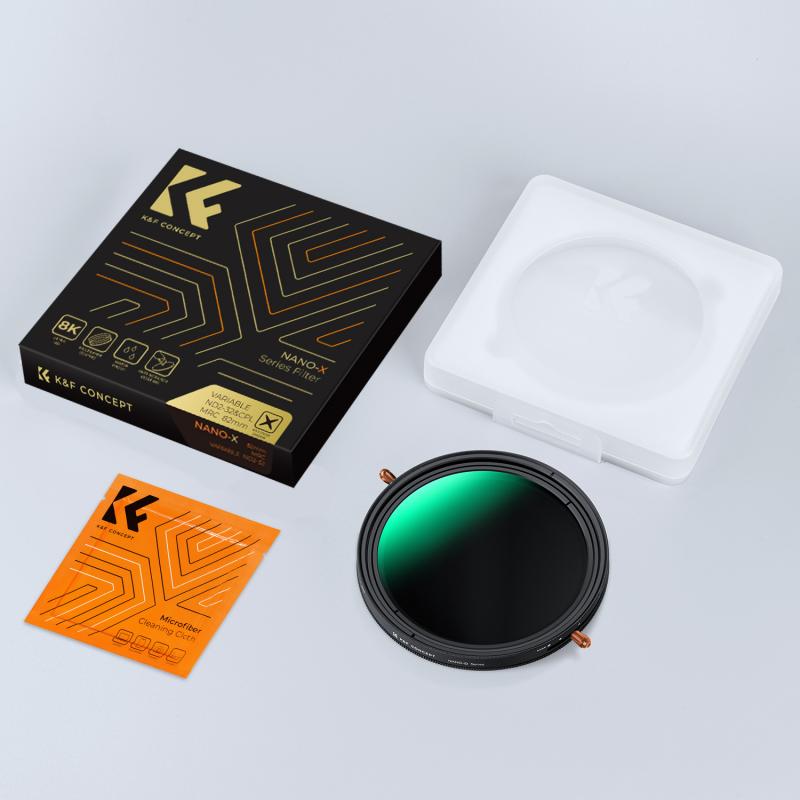
2、 Factors to consider when choosing a circular polarizing filter
When it comes to choosing the best circular polarizing filter, there are several factors to consider. These factors include the quality of the filter, the brand reputation, the price, and the specific needs of the photographer.
Firstly, the quality of the filter is crucial. Look for a filter that is made with high-quality materials and has excellent optical performance. A good filter should reduce reflections and glare, enhance color saturation, and improve overall image quality.
Secondly, brand reputation plays a significant role. Established brands like B+W, Hoya, and Tiffen have a long history of producing reliable and high-quality filters. However, it's worth noting that newer brands like Breakthrough Photography and NiSi have gained popularity in recent years for their innovative designs and exceptional performance.
Price is another important consideration. While it's tempting to opt for a cheaper filter, it's essential to invest in a filter that will deliver the desired results. Cheaper filters may compromise on optical quality and durability, leading to subpar images.
Lastly, consider your specific needs as a photographer. Are you shooting landscapes, portraits, or wildlife? Different filters may have varying effects on different subjects. Additionally, consider the size of the filter and whether it is compatible with your lenses.
As for the latest point of view, advancements in filter technology have led to the development of filters with improved coatings, which minimize reflections and increase durability. Additionally, some filters now feature nano-coatings that repel water and oil, making them easier to clean.
In conclusion, the best circular polarizing filter will depend on individual preferences and needs. It is essential to consider factors such as quality, brand reputation, price, and specific requirements to make an informed decision.
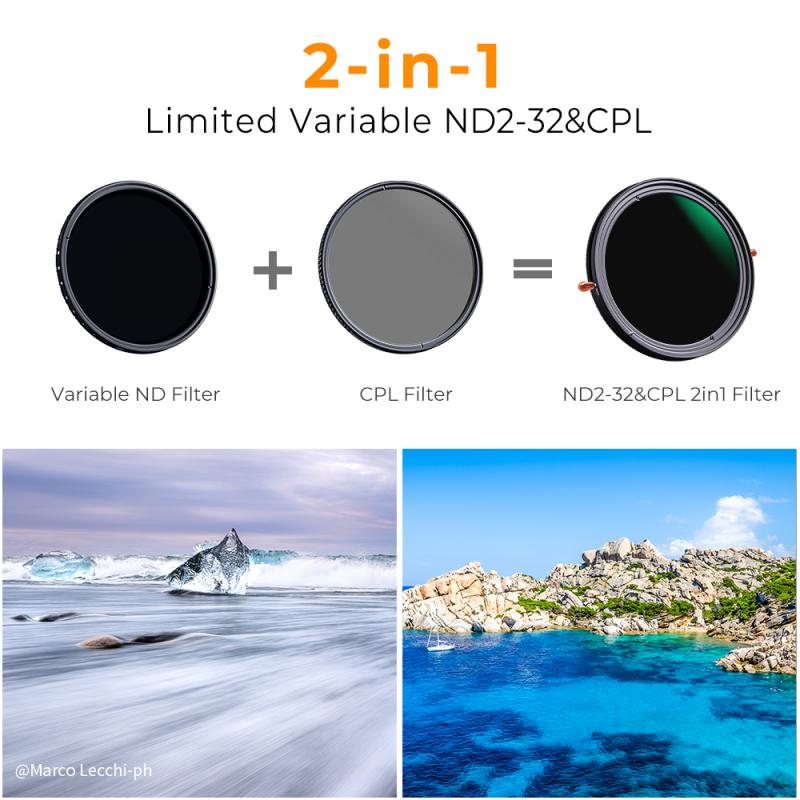
3、 Top brands and models of circular polarizing filters
When it comes to circular polarizing filters, there are several top brands and models that are highly regarded by photographers and professionals in the industry. While it is subjective to determine the "best" circular polarizing filter as it depends on individual needs and preferences, there are a few standout options worth considering.
One of the most popular brands in the market is B+W, known for their high-quality filters. Their Circular Polarizer MRC filter is highly regarded for its excellent light transmission, minimal reflections, and durable build. Another top brand is Hoya, with their HD Circular Polarizer filter offering exceptional color and contrast enhancement, as well as water and oil repellent coating.
For those seeking a more budget-friendly option, the Tiffen Circular Polarizer filter is a reliable choice. It provides good polarization and color saturation, making it a popular option among photographers. Additionally, the Heliopan Circular Polarizer filter is known for its high-quality glass and slim design, which reduces vignetting on wide-angle lenses.
It is important to note that the "best" circular polarizing filter may vary depending on the specific requirements of the photographer. Some may prioritize color accuracy, while others may focus on durability or ease of use. Therefore, it is recommended to research and read reviews to find the filter that best suits your needs.
As technology advances, new models and features are constantly being introduced to the market. It is always a good idea to stay updated with the latest releases and advancements in circular polarizing filters to make an informed decision.
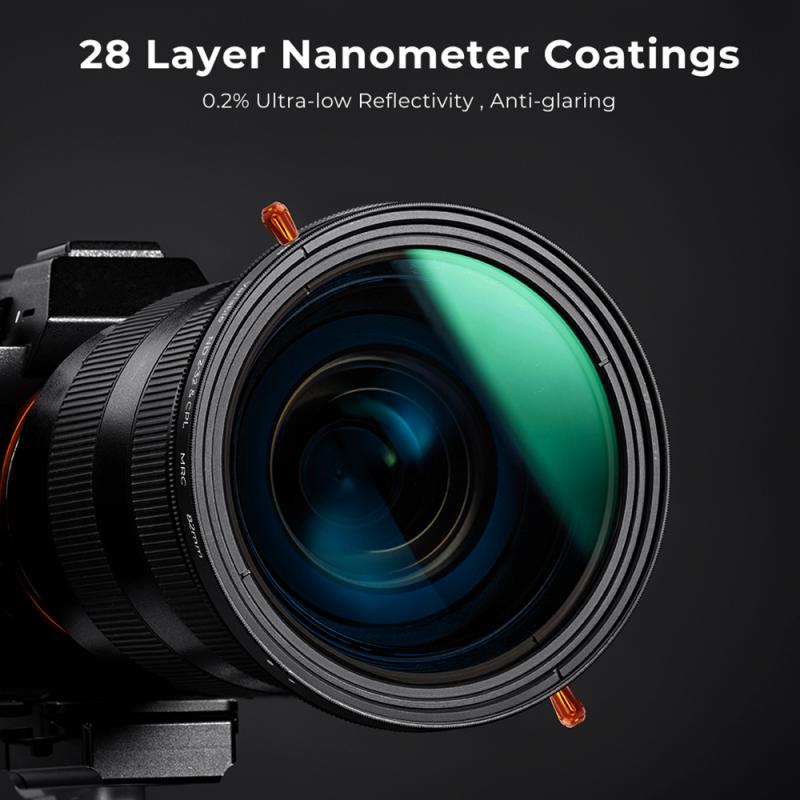
4、 How to use a circular polarizing filter effectively
The best circular polarizing filter is subjective and depends on individual needs and preferences. However, some popular and highly regarded options in the market include the B+W XS-Pro Kaesemann Circular Polarizer, the Hoya HD Circular Polarizer, and the Tiffen Circular Polarizer.
To use a circular polarizing filter effectively, follow these steps:
1. Attach the filter: Screw the filter onto the front of your lens. Make sure it is securely attached.
2. Adjust the angle: Rotate the filter to achieve the desired effect. The filter has a rotating ring that allows you to control the polarization.
3. Observe the effect: Look through the viewfinder or LCD screen and observe the changes in the scene. The filter reduces glare and reflections, enhances color saturation, and improves contrast.
4. Experiment with angles: Rotate the filter to different angles to see how it affects the scene. The most effective angle is usually 90 degrees from the direction of the light source.
5. Be mindful of limitations: Keep in mind that the filter works best when the light source is at a 90-degree angle to the subject. It may not have a significant effect in certain lighting conditions, such as when shooting directly into the sun.
6. Remove the filter when not needed: The polarizing filter can reduce the amount of light entering the lens, so it is advisable to remove it when not needed to avoid unnecessary light loss.
It is important to note that the latest point of view on circular polarizing filters is that they are still highly relevant and useful in digital photography. They can significantly enhance image quality by reducing unwanted reflections and increasing color saturation. However, with advancements in post-processing software, some photographers argue that the effects of a polarizing filter can be replicated to some extent in post-production. Nevertheless, using a circular polarizing filter at the time of capture can save time and effort in post-processing, allowing for more accurate and natural-looking results. Ultimately, the decision to use a circular polarizing filter depends on the photographer's shooting style and preferences.
